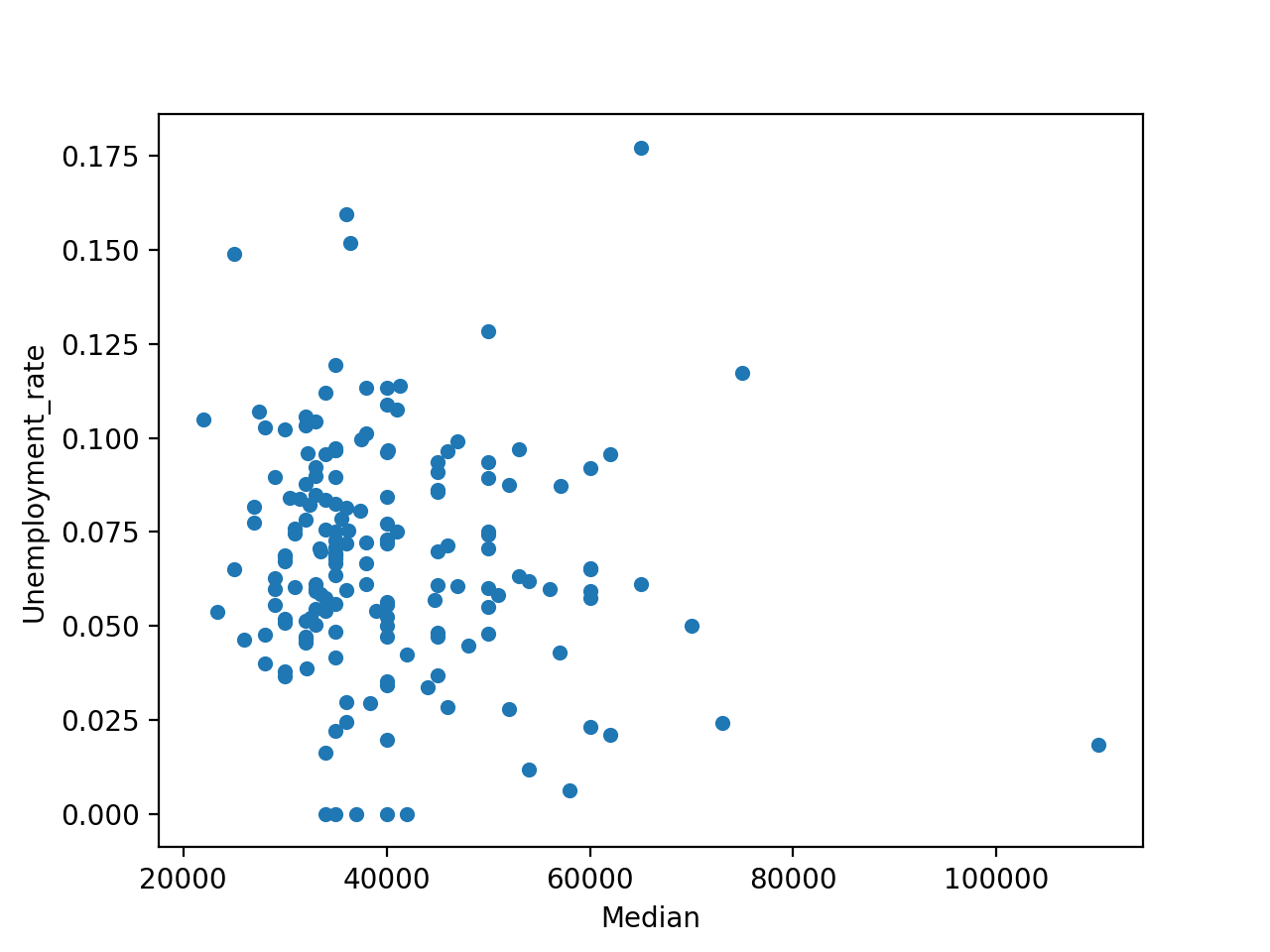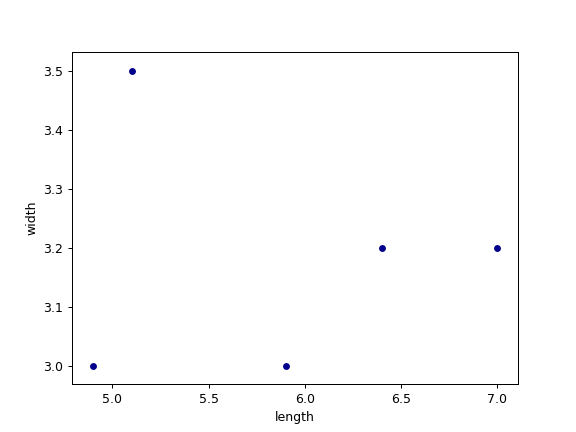
Once you have your data ready, you can proceed to create the DataFrame in Python. A sequence of scalars, which will be used for each point’s size recursively. A single scalar so all points have the same size. This data captures the relationship between two variables related to an economy: A string with the name of the column to be used for marker’s size. This kind of plot is useful to see complex correlations between two variables. The coordinates of each point are defined by two dataframe columns and filled circles are used to represent each point. To start, prepare the data for your scatter diagram.įor example, the following data will be used to create the scatter diagram. Create a scatter plot with varying marker point size and color. The coordinates of each point are defined by two. Here are the steps to plot a scatter diagram using Pandas. Create a scatter plot with varying marker point size and color. Scatter plots are used to depict a relationship between two variables. More specifically, you’ll see the complete steps to plot: However, we can group the dataframe by the state' and then individually do a scatter plot for.
#Pandas plot scatter how to#
d", ax=ax)ĭf.plot( x="a",y="x", color="purple", label="x vs.In this guide, you’ll see how to plot a DataFrame using Pandas. Default Pandas scatter plot ot(kind'scatter', x'area', y'poptotal', ylim((0, 50000)), xlim((0., 0.1))) The above code by itself will not colour code different categories and will look like the following. Of couse you can create several plots on the same axes. In order to specify that a certin plot should be on an already existing axes ( ax), you'd specify the ax keyword as seen in the documentation. plotting a column denoting time on the same axis as a column denoting distance may not make sense, but plotting two columns which both contain distance on the same axis, is fine. Whether that makes sense you have to decide for yourself. You can plot any column against any column you like. In contrast, if a was number of peas and c was voltage they should probably not be on the same axis. For example, if a was income and c was expenditures it would make sense to put both on the same 'money' axis. If it makes sense to put different columns on the same axes depends on what data they represent.

The first step to create a great machine learning model is to explore and understand the structure and relations within the data. In this post, we will cover 6 plotting tools of pandas which definitely add value to the exploratory data analysis process.

You can verify that each call to plot returns the same axes that it got passed: import pandas as pdĭf = pd.DataFrame(np.random.randn(100, 6), columns=)Īx1 = df.plot(kind='scatter', x='a', y='b', color='r')Īx2 = df.plot(kind='scatter', x='c', y='d', color='g', ax=ax1)Īx3 = df.plot(kind='scatter', x='e', y='f', color='b', ax=ax1)Īlso, if the plot is the same graph, shouldn't the x-axis be consistently either 'a' or 'c'? Very informative plots can be created with just one line of code.

The idea is not to pass an ax argument to the first call to plot and use the returned axes in all subsequent calls. In addition, the axes is returned by the function so it can be reused for further drawing operations. If the argument is not provided the function creates a new plot and axes. Another way to create a scatterplot is to use the Matplotlib pyplot.scatter () function: This tutorial. In detail: plot takes an optional ax argument. One way to create a scatterplot is to use the built-in pandas plot.scatter () function: import pandas as pd df.plot.scatter(x 'xcolumnname', y 'ycolumnnname') 2.

You ought to repeat the second call to plot, not the first, so there is no need for bx.


 0 kommentar(er)
0 kommentar(er)
